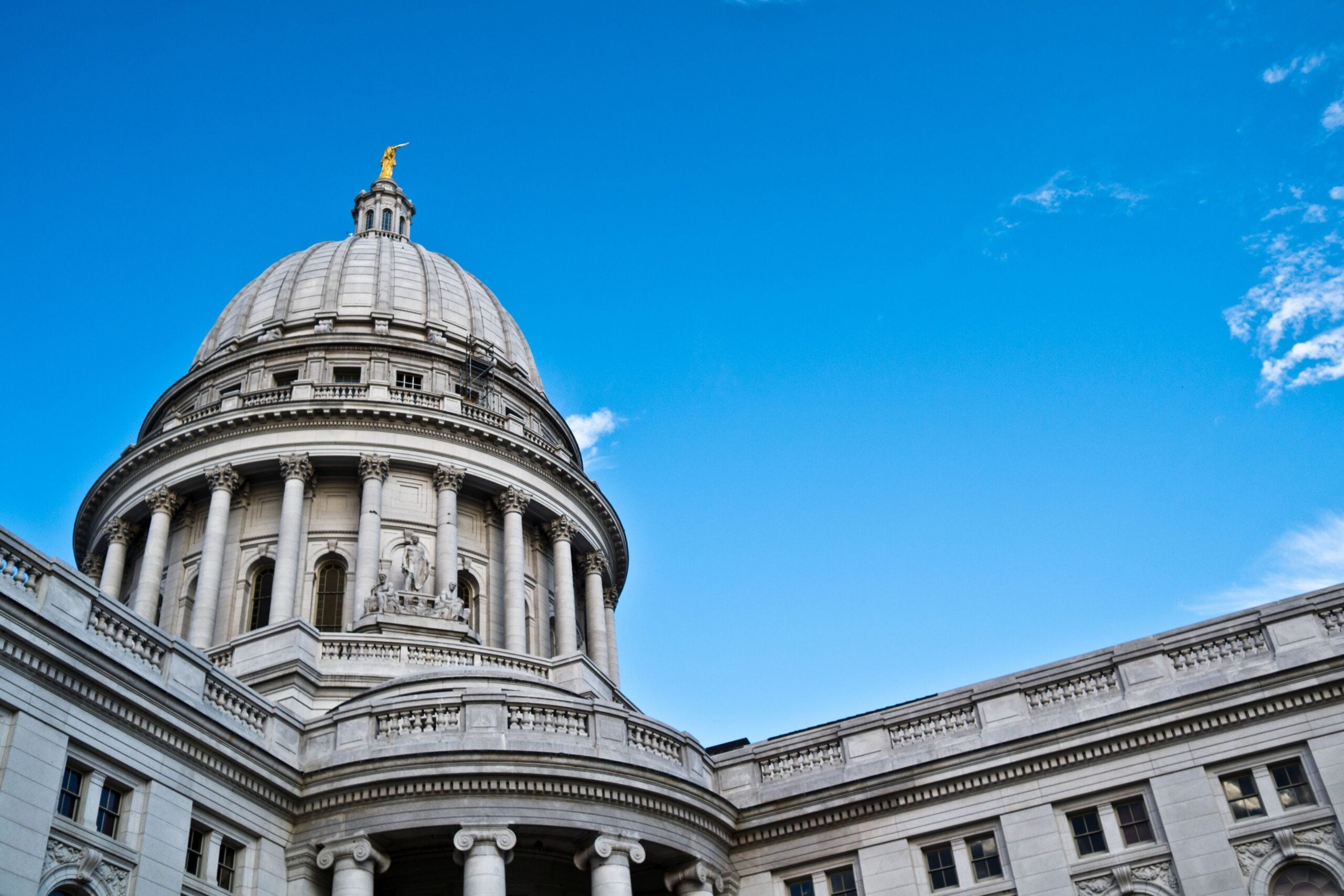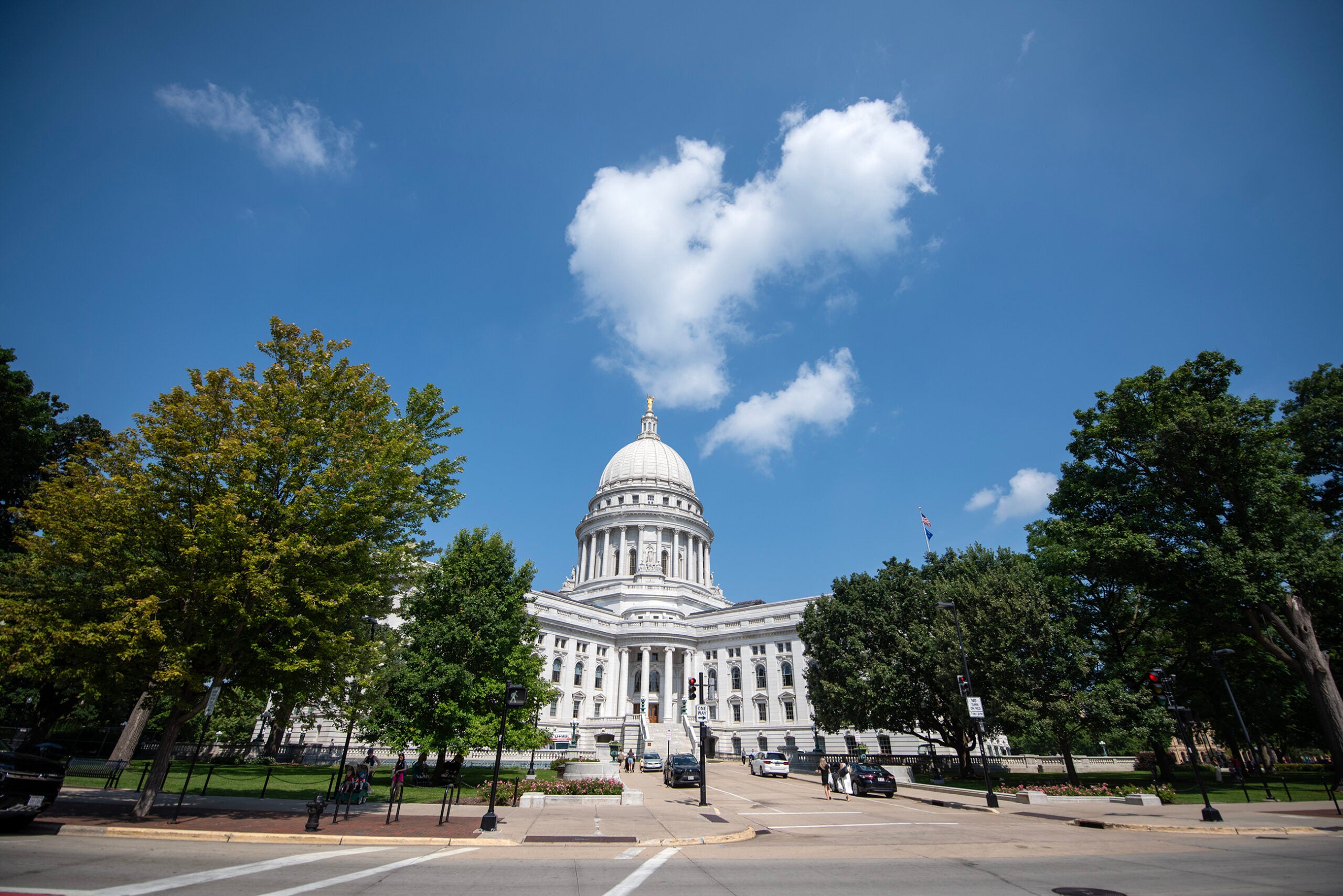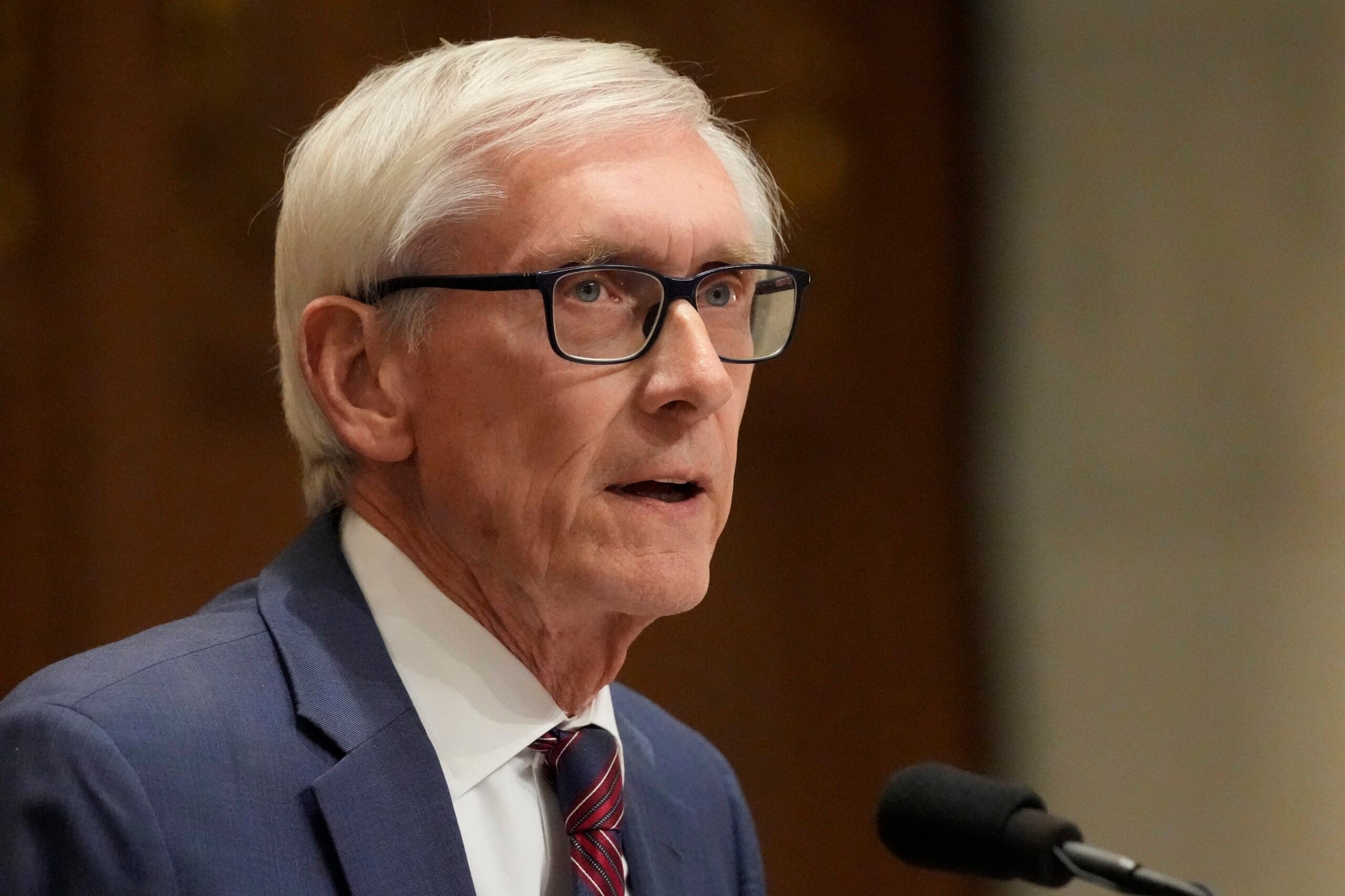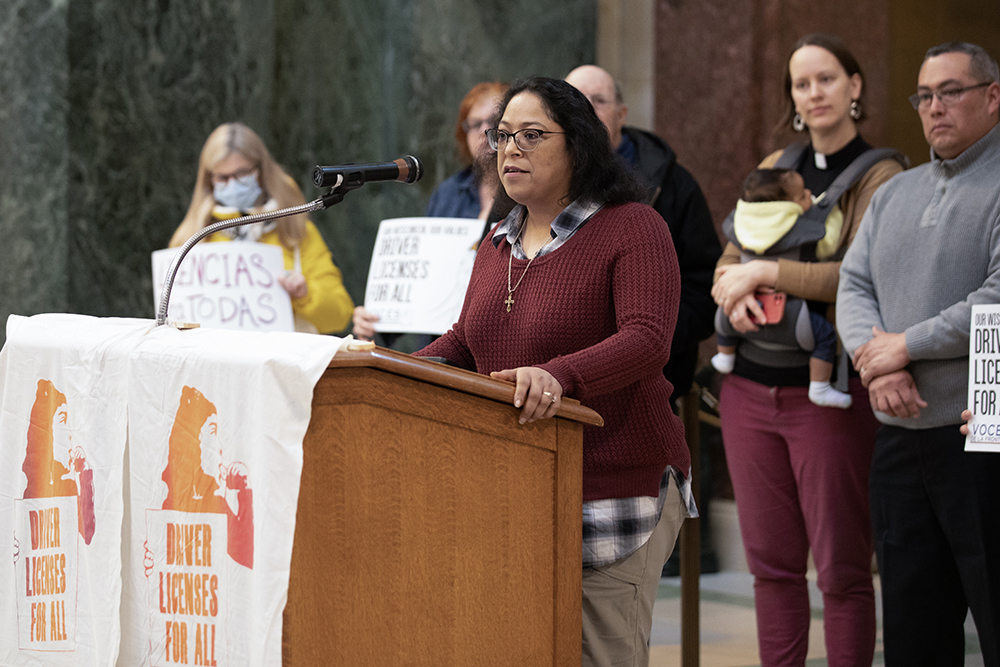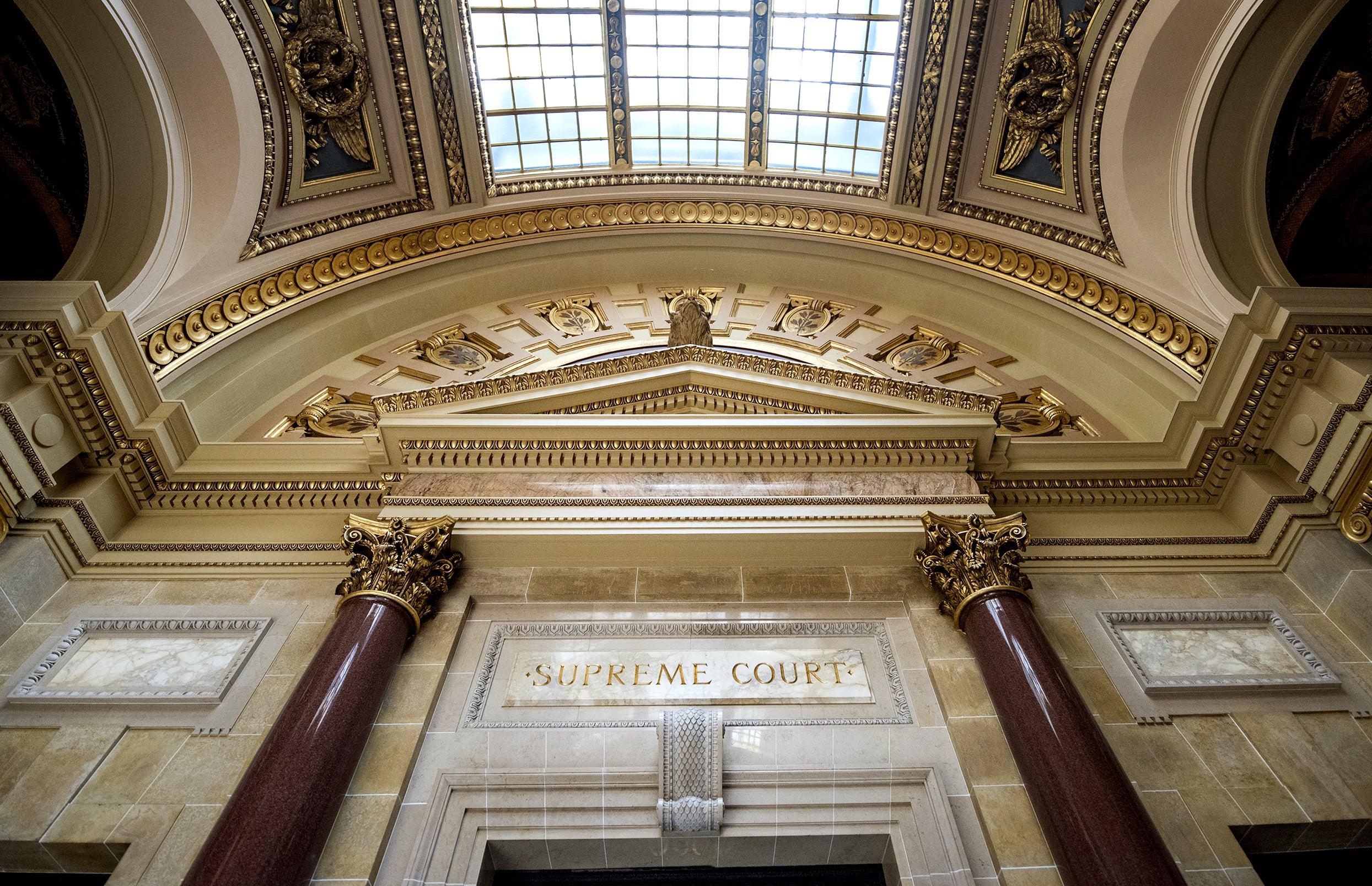When the Wisconsin Supreme Court struck down the Evers administration’s “Safer at Home” order May 13, it left the door open for a new order to replace it. But there’s a catch — and a pretty big one.
Instead of using emergency orders to restrict people and businesses in Wisconsin, as it did for its first stay-at-home order in March and its extension in April, the state Department of Health Services now has to follow Wisconsin’s emergency rulemaking process to issue statewide restrictions.
That rulemaking process includes things like a 10-day waiting period for public comment and getting approval from a committee of state lawmakers.
News with a little more humanity
WPR’s “Wisconsin Today” newsletter keeps you connected to the state you love without feeling overwhelmed. No paywall. No agenda. No corporate filter.
In short, emergency orders are out, emergency rules are in, and the switch means lawmakers have a lot more power over what state-backed restrictions look like than they did at the outset of the coronavirus pandemic.
The Evers administration has already backed out of its first attempt to write a statewide COVID-19 emergency rule after facing immediate opposition from GOP lawmakers who control the rulemaking committee. But if the two sides ever get together and negotiate, how might that process play out?
In a word: slower.
Here’s a breakdown of what an emergency rule is and what the process of drafting one entails.
What is the difference between an emergency rule and an emergency order?
An emergency order comes from a state department and doesn’t require approval from lawmakers or the governor. Departments get the authority to issue emergency orders after the governor declares a state of emergency and authorizes them to put out orders.
An emergency rule is drafted by a state department, gets approval from the governor, the head of the department, and a committee of state lawmakers called the Joint Committee for Review of Administrative Rules.
Who is on the joint committee?
The committee is made up of 10 lawmakers, five senators and five representatives. Of those, six are Republicans and four are Democrats.
What’s the emergency rulemaking process?
There are seven steps along the way to making an emergency rule:
Step 1: State department or agency writes a broad outline of what they want to be in the rule. This is called a “scope statement.”
Step 2: The governor approves the scope statement.
Step 3: The scope statement is published somewhere so members of the public can give feedback over a 10-day period. There may also be a public hearing.
Rep. Joan Bellweg, R-Markesan, who co-chairs the joint committee, said this period can also be used as a time for informal negotiations and conversations between lawmakers and the relevant department about changes to the scope statement. Sometimes, the department will withdraw the scope statement and make changes based on lawmakers’ feedback, aiming to get their full support at the end of the process. If a scope statement is withdrawn, the process starts over from the beginning.
Step 4: The “individual or body with policymaking power over the subject matter of the proposed rule,” according to state law, approves the scope statement after weighing the feedback during the public comment period. In the case of an emergency rule about COVID-19 from DHS, this person would be DHS Secretary Andrea Palm.
Step 5: The state department or agency writes the actual rule, including many more details and specifics than the scope statement.
Step 6: The governor gives final approval to the rule.
Step 7: The rule is published in the official state newspaper, the Wisconsin State Journal, and is sent to the Legislative Reference Bureau. It’s now officially a rule.
Once the rule is officially on the books, the joint committee can still veto it in its entirety or just partially. If it votes to do so, the change is effective immediately. Ballweg said this happens rarely — no more than a handful of times in each two-year lawmaking session at the Capitol.
If the joint committee does veto a rule, the entire Legislature has to approve their action. The Legislature would give their approval by voting on and passing a bill introduced by the committee that makes the changes or eliminates the rule. If the bill is voted on and fails, the rule goes back into effect as it was first written. The committee has to send the Legislature the bill within 30 days of their action, but there are no timing requirements for how quickly the Legislature has to vote on it.
How long does the process usually take?
During arguments before the Wisconsin Supreme Court in the case challenging Wisconsin’s stay-at-home order, the lawyer for GOP lawmakers estimated the emergency rulemaking process would take at least 12 days. Since then, Evers has said he believes it will take at least 14. Ballweg’s office said 11 to 15 days.
Are there ways to expedite the process?
The only set time requirement in the process is the 10-day public comment period. Aside from those 10 days, the other steps can be shortened by quick approvals and publications.
How long are emergency rules in effect? Can they be renewed?
Each emergency rule is good for 150 days. If the department requests it, the joint committee can approve up to two 60-day extensions.
How often is the emergency rulemaking process used?
According to legislative records, there were 23 emergency rules approved in 2019 and nine so far in 2020. Sometimes emergency rules are written as short-term stop-gaps when permanent rules — called “administrative rules,” “clearinghouse rules,” or “general rules” — about something are in the works. Other times, as would be the case with a COVID-19 rule, they are made to be short-term actions and there is no permanent rule in the works.
Wisconsin Public Radio, © Copyright 2026, Board of Regents of the University of Wisconsin System and Wisconsin Educational Communications Board.
